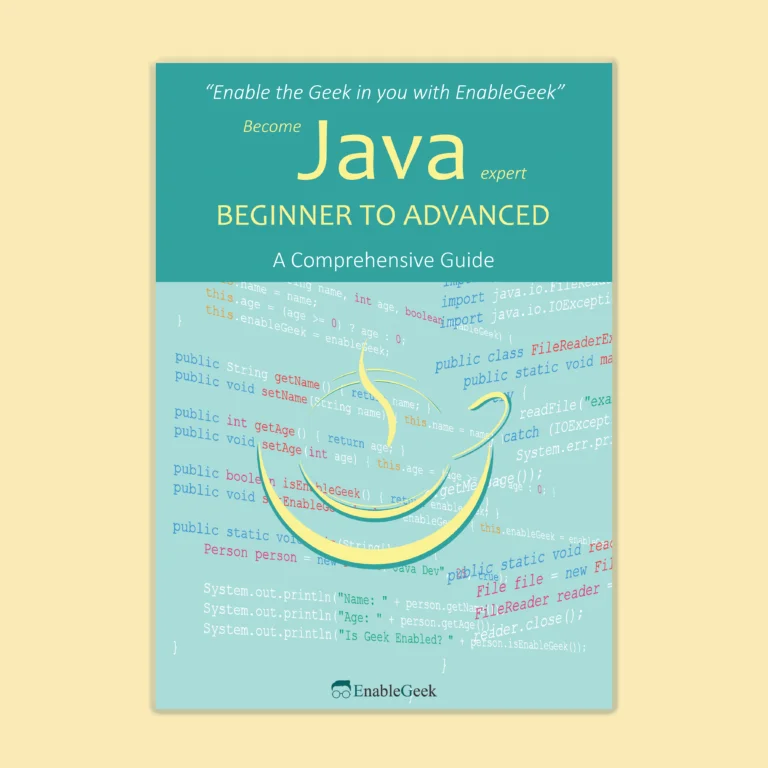Elements in a list
An “element” in a list in Python refers to a single item or value that is stored in the list. For example, in the list ‘[1, 2, 3, 4, 5]‘, each number ‘1‘, ‘2‘, ‘3‘, ‘4‘, and ‘5‘ is considered an element of the list.
Insert element in a list
You can insert an element in a list in Python using the ‘insert()‘ method. The method takes two arguments: the index at which you want to insert the element and the element itself. For example:
>>> my_list = [1, 2, 3, 4, 5]
>>> my_list.insert(3, 6)
>>> print(my_list)
[1, 2, 3, 6, 4, 5]
This will insert the value ‘6‘ at index ‘3‘, shifting the elements that were previously at indices ‘3‘ through ‘4‘ one position to the right.
Get the number of elements in a list in Python
You can use the ‘len()‘ function to get the number of elements in a list in Python. For example:
>>> my_list = [1, 2, 3, 4, 5]
>>> len(my_list)
#output 5
Insert ‘element’ in a ‘list’ to make it larger
You can insert an element into a list in Python using the ‘insert()‘ method. The ‘insert()‘ method takes two arguments: the index at which to insert the element, and the value of the element to be inserted.
Here’s an example:
my_list = ['apple', 'banana', 'cherry']
my_list.insert(1, 'orange')
print(my_list)
In this example, we have a list ‘my_list‘ with three elements. We use the ‘insert()‘ method to insert the string 'orange' at index 1, which moves the original element at index 1 (which was 'banana') to index 2.
When you run this code, the output will be:
['apple', 'orange', 'banana', 'cherry']
You can also use the ‘append()‘ method to add an element to the end of a list:
my_list = ['apple', 'banana', 'cherry']
my_list.append('orange')
print(my_list)In this case, the string 'orange' is added to the end of the list, so the output will be:
['apple', 'banana', 'cherry', 'orange']If you want to add multiple elements to a list, you can use the ‘extend()‘ method:
my_list = ['apple', 'banana', 'cherry']
my_list.extend(['orange', 'grape'])
print(my_list)In this case, the list ['orange', 'grape'] is added to the end of ‘my_list‘, so the output will be:
['apple', 'banana', 'cherry', 'orange', 'grape']
These are the most common ways to insert elements into a list in Python.



